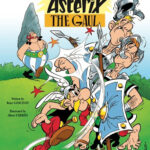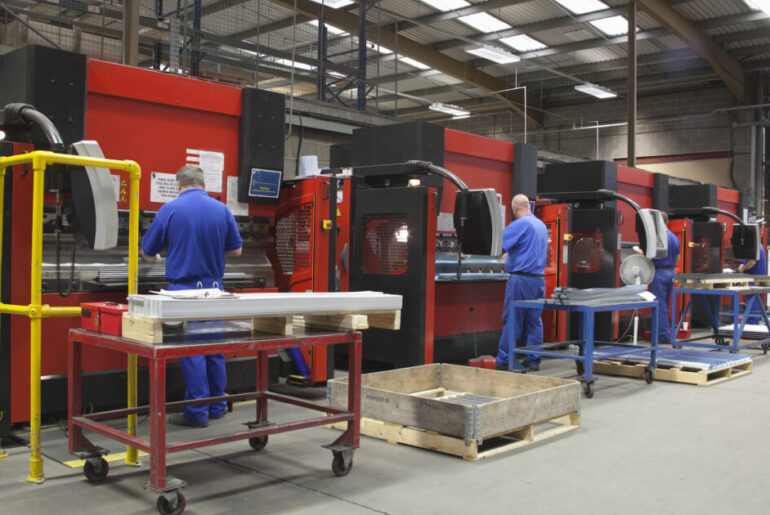(Originally posted on Apr 20, 2022 on the Drishti blog)
I’ve worked in many professional settings and have worn many hats, from sales to the most technical of roles. I have run across the idea of process standardization in many different forms — ”best practices,” “4 phase product development,” etc. Many people have reacted negatively to standardization, feeling they will be “boxed in” and limited in their own creative freedom, particularly in roles where a process and creativity appear to be oxymoronic. To be honest, early in my career, I felt this way too. As I have grown, I realize that more often than not, the issue is a poor, overburdensome or inflexible process rather than having standardization itself.
At this stage in my career, I want to make the case for standardization. In fact, going further, I believe that creativity is enhanced manyfold by a foundation of standardization.
A role for creativity in every walk of life
First off, creativity is not always correlated to stereotypical “artistic” roles. I have known many artistically creative mechanical engineers and coders. I have also known many analytical and numbers-focused artistic types, like writers and marketers. My conclusion? Creativity and role are not intrinsically tied together. What is common, however, is the need to be creative in every role, with certain roles intrinsically needing greater creativity.
When we think of creativity, we think of cerebral processes — designing new products, creating new art, writing a book. In my world of engineering, consider an engineer designing a new product. Would I rather that he worry about the mechanics of a process (e.g., what design template to use, whom to get the required approvals from, schedule these review meetings) or on the design itself? I’d submit the latter, which plays to the strengths of the engineer. When a process is established, the engineer knows there are preset decisions and decision milestones, leaving him or her to get creative with the important work.
Traditionally “creative” roles flourish with defined processes, too. Think about the role of a graphic designer or videographer, people who are responsible for making artwork. If you’ve ever worked with a designer, you know that early in the process, he or she requires a clear creative brief outlining the project specifications, along with key milestones, review processes, etc. Defined workflows make expectations clearer for all parties, leaving the designer free to focus on making the art.
Steve Jobs famously wore virtually the same outfit every day. This action allowed him to shed unnecessary decisions from his day. He wanted full mental capacity so that his creativity and intelligence could be unbothered by extra superfluous things. While this example is a bit extreme for most people, the point is taken.
It is this appreciation for building what I call “enabling standardized processes” that I have built as my hair has grayed. It’s an appreciation that I see beautifully articulated in two situations. First, the renowned Toyota Production System (TPS) and its use of “standardized work” as a foundational element and Atul Gawande’s “The Checklist Manifesto” where he proposes a similar role for checklists in hospitals, including the emergency room which is considered to be the pinnacle of creativity amongst doctors.
Bringing this idea to the factory setting
I (along with the creators of TPS) would argue that the same is true of all roles, including technicians on the floor following their work instructions while identifying and resolving issues that you either have not anticipated or have been introduced since the last time the process was updated. You want them to be focused on doing their best work possible, not wondering about what comes next or trying to forge a process themselves. It’s one of the things that I love about Drishti. It allows everyone from the line associate to the plant manager to focus his or her attention and creativity on the most important aspects of their specific job.
The point is that standardization actually promotes creativity when implemented correctly. A good process lets your people focus on what you hired them to do while leaving the rest in an easy-to-follow and transparent set of actions that they shouldn’t have to think about.
Want to read more about standardized work, and how new technology is moving it into Industry 4.0? Check out our eBook.










